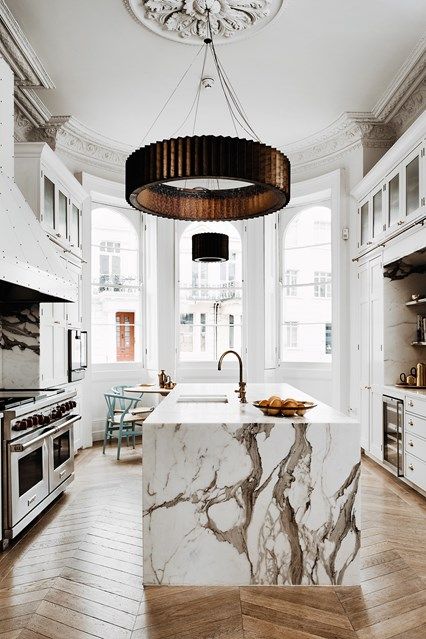Create a hotel style lighting scheme
- roost

- Mar 9, 2022
- 3 min read
Updated: Jul 4, 2022
For interiors, lighting is one of the most important things to consider and can completely transform the look and feel of a room…for better or worse! Light has the power to enhance a standard scheme to a magazine-worthy space, but over-lighting can result in headaches and eye strain (if you've ever had to sit in an office under an incandescent bulb for 8 hours you'll know).
—
"More and more, so it seems to me,
light is the beautifier of the building."
Frank Lloyd Wright - architect
—
Natural vs Artificial
The amount of natural light you get will differ from room to room depending on the direction it faces, as well as the time of day / year or the weather outside! Sunlight is great for boosting mood and productivity but can be difficult to control or easily predict. Window coverings (blinds, shutters, sheer curtains etc) help to temper excess natural light that can make rooms feel flat, whereas strategically placing mirrors opposite or close to windows will help to bounce light around the room if it’s on the darker side.
Artificial light is used to create mood, and not only adds style but can be used to zone, highlight areas, make daily tasks that bit easier and even visually alter the sense of space in the room.
Types of Light
We go by the rule of 4 different types of light… a combination of these layered through your space will help to create that hotel vibe and allow you to match the lighting to any mood and time of day!
#1 General
aka "The big light"
This is the main light source in your room that in a practical sense allows you to see things — usually a statement central piece or set of spotlights. Having your main light source on a dimmer switch is an easy way to create a transition between day and night, but we always recommend having at least one other light source to help create interest in the room and add depth.
Sources: Toplux Furniture | McEwen Lighting
#2 Ambient / Mood
Ambient lighting is much softer and used to create atmosphere/drama - think floor, table or wall lamps, anything that wouldn’t light the whole room on it’s own but paired with others gives a nice warm glow. Ambient lighting is still be practical for illuminating dark corners, just at a much lower/warmer level — perfect for cosier evenings.
Ambient light makes a space more inviting by creating soft pools of light and is as much to do with style as it is function. Introducing ambient lighting will help to give your space much more flexibility and planning how you’ll use your space will really help to see where you might have areas in shadow that need to be filled with ambient light!

#3 Task
Generally on the brighter / cooler end of the scale, task lighting — surprisingly — is focused where you need extra light to help perform a task! e.g. under cabinet lighting to help with food prep, mirror lighting where you put make-up on or shave, low pendants over a dining table/island or a swivel arm wall light above a desk. Task lighting can also be used for architectural/safety details such as riser lights on stairs or down corridors.
NB Always combine with adequate ambient light, to avoid eye strain caused by the contrast from light to dark areas.
Sources: chouchou Hotel |Ferm Living | Nulty Lighting
Accent
Accent lighting creates a focal point and highlights specific details within the space, e.g. above artwork where it's more akin to a task light or a more subtle accent option such as integrating it into shelves or alcoves to enhance architectural features.
Sources: Conservatorium Hotel | Behance | Pinterest
Quick DOs & DONT's to help create your perfect lighting scheme
DO plan your room
What will you be doing and where? This will help to define where you need light in the space.
DO layer your lighting
Having different types of lighting will allow you to create different moods from day to night - and is much more flattering!
DO oversize
If you think it’s too big…it’s probably about the right size (unless you’re going to be headbutting it!).
A large shade or feature light will make the room feel much more “designed”, so when it doubt always go bigger.
DO go for dimmers
A quick flip of a switch that effortlessly transforms a bright daytime mood to a cosy, intimate vibe...we're all here for that.
DON’T be tied into standard fittings
Electricians can extend cables, rewire vintage fittings, change plugged to hardwired or replace spots with pendants so if you’ve got something in mind - ask!
DON’T panic
Especially with cool vs warm or wattage as getting it wrong will generally cost only you the price of a new bulb - so experiment!
Cx



















Totally agree—lighting can make or break a space! Loved the emphasis on balance; creating that cozy, hotel-like ambiance is all about thoughtful placement and warmth. https://www.podchaser.com/podcasts/bright-white-screen-5892696